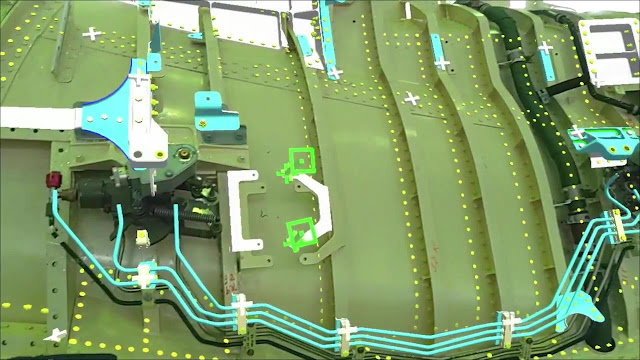In November 2020, draft resolutions were submitted to the US Senate to block the Trump administration’s proposal for the F-35 fighter jet and MQ-9B Armed Unmanned Aerial Vehicle to the UAE. According to the latest information, the drafts were declined by the US Senate.
On December 9, 2020, the Senate voted to reject a motion to discharge from the Senate Foreign Relations Committee a joint resolution (S.J.Res. 77) prohibiting certain proposed exports of defense articles, services, and related information to the UAE. The proposed exports include Weapons-Ready MQ–9B Remotely Piloted Aircraft, certain precision-guided munitions, and Anti-Submarine Warfare mission kits and sensors. H.J.Res 101 was the House companion bill. The same day, the Senate voted to reject a similar motion (S.J.Res. 78) prohibiting the proposed export of the F-35 Joint Strike Fighter and related services and information to the UAE. .J.Res 100 was the House companion bill.
The State Department has made a determination approving a possible Foreign Military Sale to the Government of the United Arab Emirates of MQ-9B Remotely Piloted Aircraft and related equipment for an estimated cost of $2.97 billion, and the F-35 Joint Strike Fighters and related equipment for an estimated cost of $10.4 billion.






















































